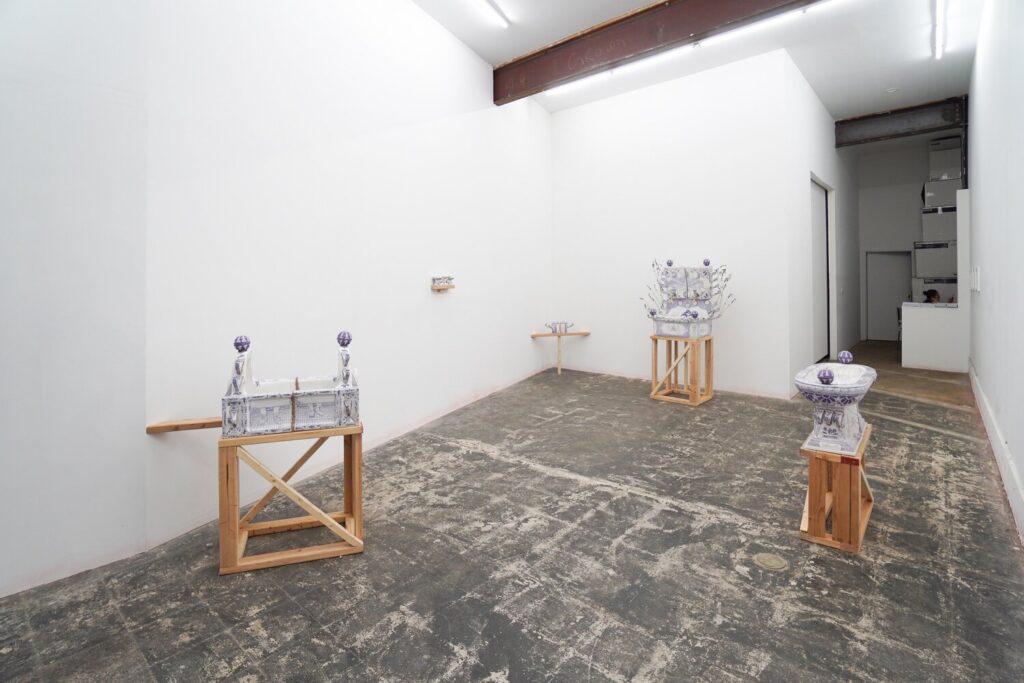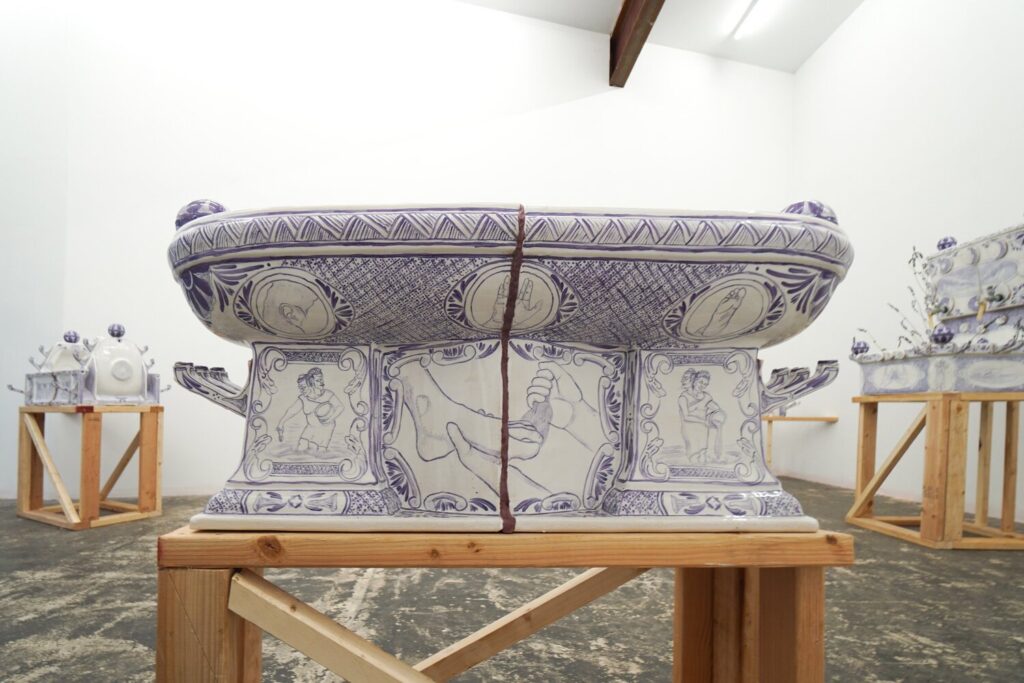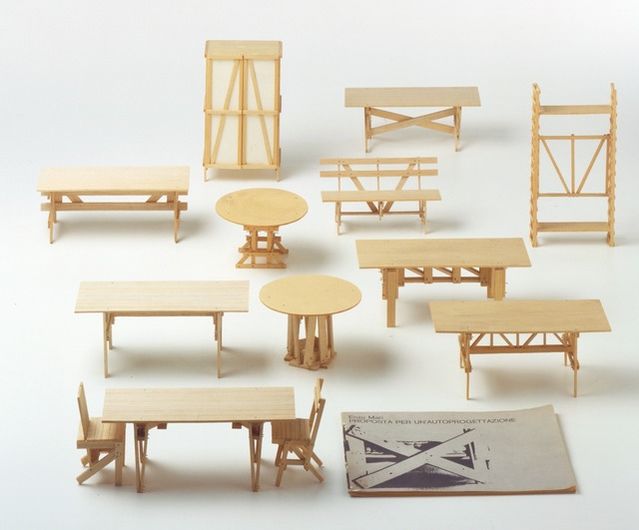
Listening to Nicki Green talk about her plinths with Tyler Green had me reimagining Enzo Mari’s autoprogettazione through a trans lens:
The plinth is such a fascinating object in the way that it, in a really naive sense, tries to be neutral or an extension of a gallery space: it’s not here, but it’s here. That act of fabricating something that is meant to not be seen, or meant to not be focused on, I find it so fascinating to think about the material and physical presence of those objects. You know, “Look at me, don’t look at me.”
And really, I might go as far to say there’s a kind of relationship to trans-ness, in that idea of playing with—maybe juggling—the idea of passing, assimilating, the way that a form is visible and not visible in space. I could talk about this endlessly, but specifically, to speak to the plinth, I for a long time felt really resistant to using the language of the gallery, the language of the museum in the sort of “furniture” sense. I was really inspired—I am really inspired by the way Arlene Shechet talks about “the furniture”, or “the architecture” is the language that she uses, the architecture of the object.

And for a solo exhibition I did in San Francisco in 2019 at Et al, Etc. Gallery, we built out the gallery furniture using a stash of 2x4s that the gallery had in their back room, and there was something so exciting to me about the provisional quality of the furniture. I think of it a lot as the diasporic quality of the furniture, the way that the anchor, the way that the architecture, the way that the objects are sort of situated in space can sort of change, and evolve with the work or the exhibition itself.
Nicki Green, interviewed on Modern Art Notes, No. 615, Aug 2023
When Enzo Mari introduced autoprogettazione in 1974, it was not just a proposal for people to make their own clearly designed, inexpensive furniture—though it was that. Mari saw autoprogettazione as an individual educational process that uses direct experience to teach critical and systemic awareness.
“When making the object the user becomes aware of the structural reasoning behind the object itself, therefore, subsequently he improves his own ability to assess the objects on the market with a more critical eye,” Mari said.

Learning why tables are the way they are, and why they’re designed and made the way they are, is accomplished, not through analysis of the table supply chain, but through the operation of making a table. “It is not irrelevant that the operation starts not from the general, but from a specific situation, and that one acquires experientially what is the specialist’s prerogative. In this sense it is right to speak of manual ability, in the sense of direct experience.”
Making plinths out of found lumber helped, but it’s this deep experiential resonance throughout Nicki Green’s work that made me think of autoprogettazione in the context of trans-ness. Mari’s very term, defined as “self-design,” feels like an element of the realization and transition of living in a trans body.
It’s not necessarily so explicit as Julian K. Jarboe’s description of transness as God’s way for humanity to share in the act of creation. But I could definitely see how the process of having to realize one’s full identity as a trans person would be extraordinary training for critiquing the structures of gender and the systems it’s entangled with.
I find I keep equivocating because I’m constantly aware of my own inadequacy here; there aren’t enough blogs in the world to hold all I don’t know about being trans, and about a queer analysis of life and space. My own experience is closer to assembling a flatpack cis identity from Ikea. But what I do know about the usefulness of autoprogettazione as a critical tool, I learned by building a table from Ikea parts. And I wonder what others might build.
[next morning update: K Ringelberg put it forward on BlueSky for its excellent critique of the ideology of béton brut—recently on view on a state-sponsored concrete stamp—but Lucas Crawford’s 2020 essay on queerness and texture tells me there’s a lot of work being done on queer and trans architectural and design theory. I just need to get looking.]
